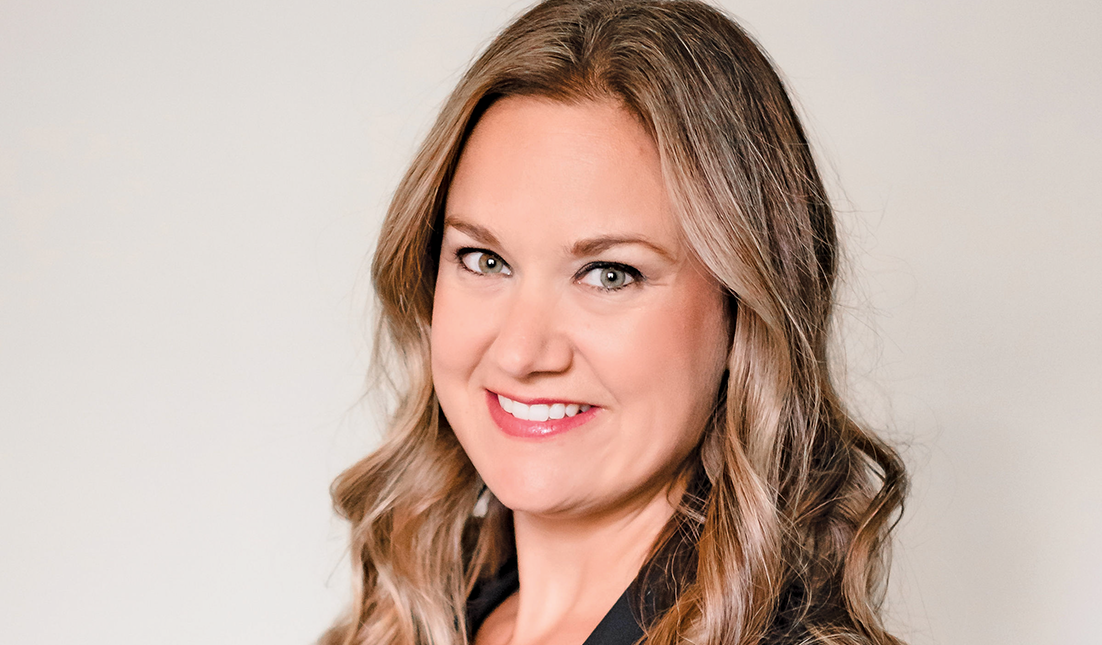Use body language to close sales
 By Jeff Scherer, Associate Partner, Callbutton LLC — Even though my formal degree is in Mass Communication, I have always considered myself a student of one-to-one communication. I am also fascinated by nonverbal communication, perhaps better known as body language. Research serves up many models and various equations as to what constitutes human communication, but they all agree that body language communicates more than half of what we “say.” All of our parents etched the phrase “actions speak louder than words” into our heads, and this is personified in the sales scenario. The interaction between a salesperson and a customer contains continuous giving and receiving of wordless signals, to and from both parties.
By Jeff Scherer, Associate Partner, Callbutton LLC — Even though my formal degree is in Mass Communication, I have always considered myself a student of one-to-one communication. I am also fascinated by nonverbal communication, perhaps better known as body language. Research serves up many models and various equations as to what constitutes human communication, but they all agree that body language communicates more than half of what we “say.” All of our parents etched the phrase “actions speak louder than words” into our heads, and this is personified in the sales scenario. The interaction between a salesperson and a customer contains continuous giving and receiving of wordless signals, to and from both parties.
 Next time you walk into any store, pay particular attention to how (hopefully not “if”) you are greeted or acknowledged by a salesperson. Did they smile and make eye contact with you? Did you smile back? Did they lean toward you or away from you as you approached the counter? Depending on which, what did that small gesture “say” about that salesperson? Did you feel like you could trust them? These are regular, simple and somewhat expected gestures, but also very critical ones in setting the stage for continued (or discontinued) interaction. Take a moment today to observe employees in your own store from a distance. What is the message they are conveying to that customer who just walked in?
Next time you walk into any store, pay particular attention to how (hopefully not “if”) you are greeted or acknowledged by a salesperson. Did they smile and make eye contact with you? Did you smile back? Did they lean toward you or away from you as you approached the counter? Depending on which, what did that small gesture “say” about that salesperson? Did you feel like you could trust them? These are regular, simple and somewhat expected gestures, but also very critical ones in setting the stage for continued (or discontinued) interaction. Take a moment today to observe employees in your own store from a distance. What is the message they are conveying to that customer who just walked in?
In a recent article, Jeanne Segal, Ph.D., stated that honing your nonverbal skills improves relationships by helping you:
- Accurately read other people, including the emotions they’re feeling and the unspoken messages they’re sending.
- Create trust and transparency in relationships by sending nonverbal signals that match up with your words.
- Respond with nonverbal cues that show others that you understand, notice and care.
She adds that “Unfortunately, many people send confusing or negative nonverbal signals without even knowing it. When this happens, both connection and trust are lost in our relationships.” Trust has always been THE single most important component in consummating a sale. Lacking that element makes it much more difficult to close.
I think that most people would agree that we all could probably improve on our nonverbal skills. One simple exercise to try on the next person you interact with is to pay particular attention to the color of their eyes while they are speaking. Doing so will require you to really study that person’s face, and their eyes in particular. This will naturally cause you to focus even closer on what they are saying, and in turn, convey a message that you are really in tune with what they are trying to communicate.
Here are a few very common signals you may see in your showroom:
> Customer puts their foot up on the boat or trailer — this is a sign of staking out their claim — saying “this is mine” (GOOD SIGN)
> Yawning — they are not focused on what you are saying (BAD SIGN)
> Feet pointing toward the door — watch for this after you present a price — says they want to get out (BAD SIGN)
Here are some additional examples that you may want to pay attention to, both for your own body language as well as your customers’:
Confidence/Comfort:
- Posture – standing tall with shoulders back
- Eye contact – solid with a “smiling” face
- Leaning in
- Touching on arm or shoulder
- Gestures with hands and arms – purposeful and deliberate
- Speech – slow and clear
- Tone of voice – moderate to low
Defensiveness:
- Hand/arm gestures are small and close to his or her body
- Clenched hands
- Facial expressions are minimal
- Body is physically turned away from you (check the direction of their feet, too)
- Arms are crossed in front of body
- Legs crossed can also indicate a “closed mind”
- Eyes maintain little contact, or are downcast
Deception:
- Eyes maintain little or no eye contact, or there may be rapid eye movements, with pupils constricted
- Hand or fingers are in front of his or her mouth when speaking (also might mean they want to say something)
- His or her body is physically turned away from you, or there are unusual/un-natural body gestures
- His or her breathing rate increases
- Complexion changes such as in color; red in face or neck area
- Perspiration increases
- Voice changes such as change in pitch, stammering, throat clearing
Certainly facial expressions provide a lot of cues, but picking up on some of these subtle gestures will help you know what your customer is really thinking, and should help you know if you need to change course with your presentation.
In conclusion it’s important to note that body language is not the same for every single person. A single gesture or attribute does not necessarily tell the whole story. Asking questions is still the best way to make sure that you are picking up what they are laying down.




Great points. IN the current situations, we need to know how to read the customers. We also need to make sure that as sales people we are not over bearing and show that we are to eager to make a sale. the body and non verbal communication needs to go both ways.
great insights into the “unspoken”, customer body language…good to share with the guys on the floor. Thanks Jeff!